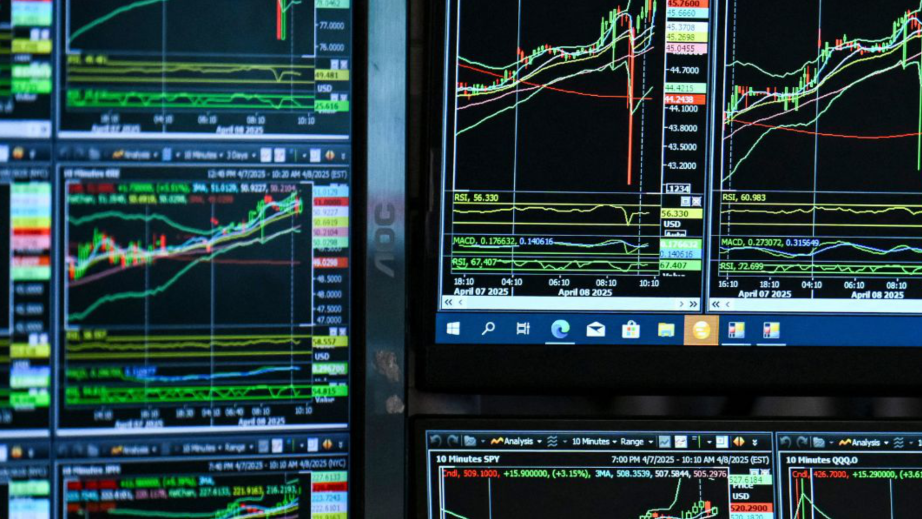In an era marked by persistent volatility—spanning geopolitical conflicts, inflationary pressures, supply chain disruptions, and climate risks—financial resilience has become a defining priority for economies, corporations, and households worldwide. The International Monetary Fund (IMF) projects global growth to moderate to 3.2% in 2025 and 3.1% in 2026, underscoring the fragility of recovery amid uncertainty. Building resilience is no longer a defensive strategy but an essential foundation for sustainable stability and inclusive growth.
Financial resilience refers to the ability to absorb, adapt to, and recover from economic shocks without compromising long-term viability. For nations, this means strengthening fiscal discipline, maintaining credible monetary policies, and fostering institutional trust. For firms and individuals, it involves prudent financial planning, diversified investments, and adaptable risk management. The Bank for International Settlements (BIS) warns that rising trade fragmentation and geopolitical tensions are amplifying systemic vulnerabilities, making resilience in financial systems more critical than ever.
At the macro level, resilience requires rebuilding fiscal space to respond effectively when shocks occur. The IMF highlights the need to restore debt sustainability and preserve central bank autonomy as cornerstones of stability. Diversification—of exports, supply chains, and income sources—forms the second pillar, enabling flexibility amid disruptions. This lies in agile scenario planning, which stresses that leaders must institutionalize adaptability and long-term risk intelligence.
In India, financial resilience is central to sustaining growth momentum in an unpredictable global landscape. Its strong domestic demand, expanding digital infrastructure, and deepening financial inclusion help buffer shocks. Strengthening institutions, maintaining fiscal prudence, and attracting diversified investments are enhancing India’s capacity to withstand disruptions while pursuing its ambition of becoming a $5 trillion economy.
Globally, economies that have invested in robust policy frameworks and adaptive financial institutions have shown stronger recovery capacity after crises. Firms with solid liquidity management and innovation-driven models are better equipped to withstand volatility and maintain competitiveness. Thus, financial resilience today is not merely about surviving crises but about building systems that evolve, innovate, and thrive—turning volatility into a catalyst for sustainable progress.
SOURCES:

